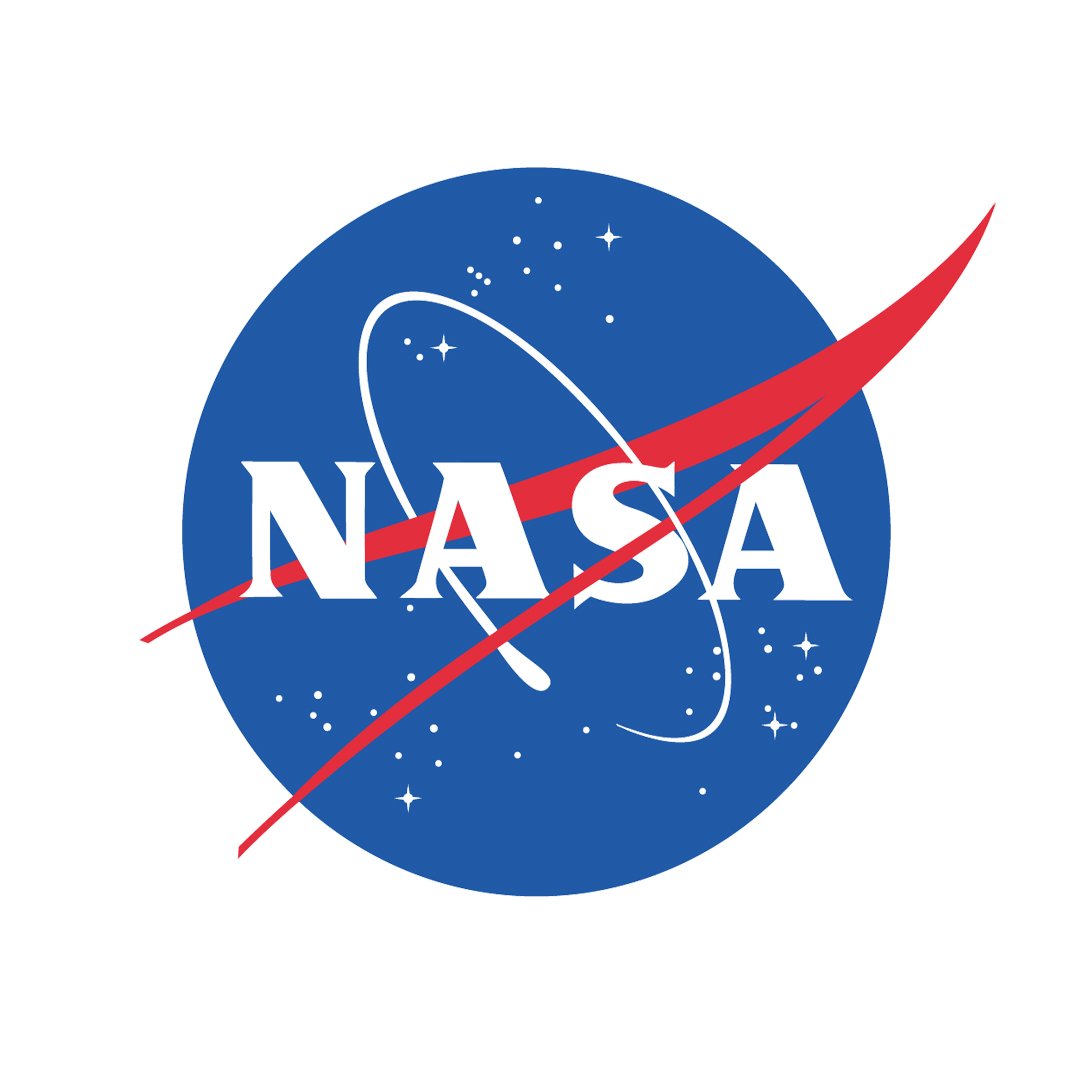
NASA
nasaAll that you change changes you. In a patch of the autumn sky that contains the constellations Perseus, Andromeda, and Triangulum, a beautiful interaction is happening. A larger spiral galaxy (UGC 1810) is pulled on by its smaller companion galaxy, distorting it into a rose-like shape. The uncommon spiral patterns in the larger galaxy are a telltale sign of interaction. The large, outer arm appears partially as a ring, a feature seen when interacting galaxies actually pass through one another. This suggests that the smaller companion dived deep, but off-center, through UGC 1810. UGC 1810 isn’t the only one changed, though. The smaller, S-shaped galaxy shows distinct signs of intense star formation at its nucleus, possibly triggered by the encounter with the larger galaxy. This image, released in 2011 to celebrate @NASAHubble’s 21st launch anniversary, is a composite of Hubble Wide Field Camera 3 data taken on December 17, 2010, with three separate filters that allow a broad range of wavelengths covering the ultraviolet, blue, and red portions of the spectrum. Image description: The way these two galaxies are aligned make them look like a rose. A larger, spiral galaxy makes up the petals of the flower, while the smaller galaxy looks like the stem. Intensely bright and hot young blue stars bathe the very top of the image in blue light. In the background of the image are other galaxies and stars. Credit: NASA, ESA, and the Hubble Heritage Team (STScI/AURA) #NASA #Hubble #Rose #Galaxy #Anniversary #Stars #Space
2024.06.13 03:16








